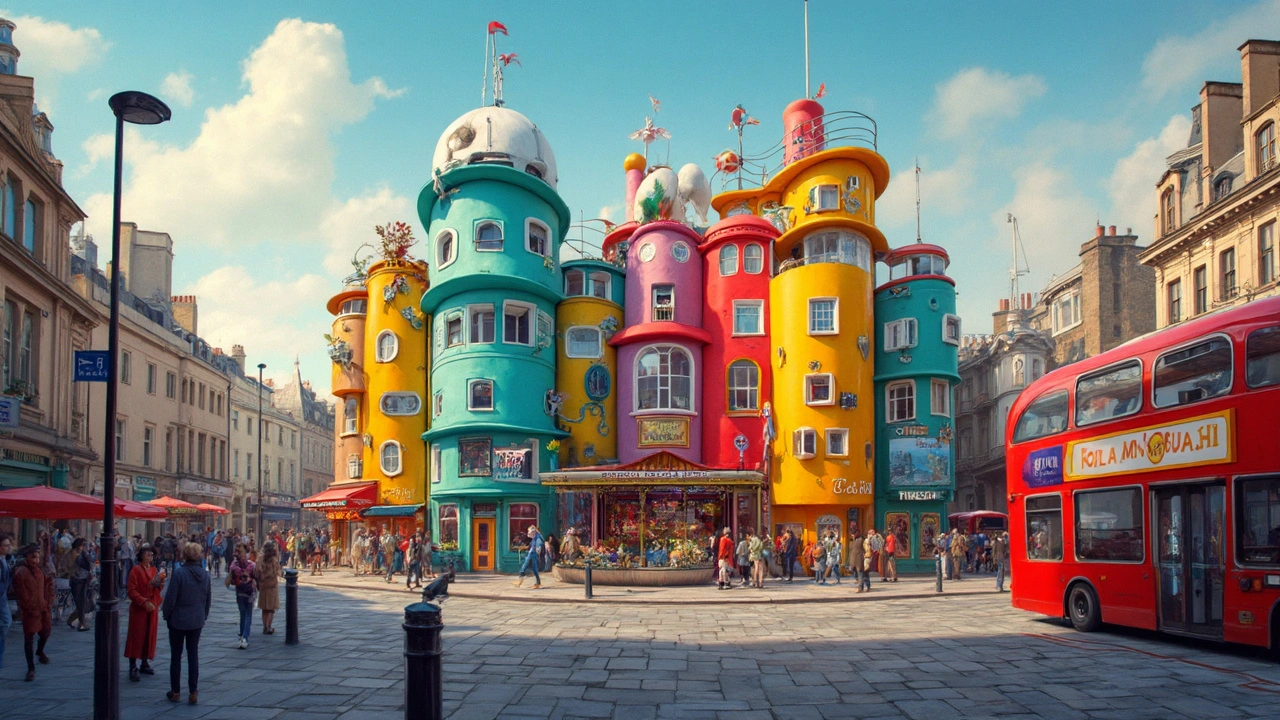Modernism vs Postmodernism: How They Changed Architecture and Art
Modernism promised a cleaner, more logical world: plain forms, function-first, no ornament. Postmodernism replied that life is messy and buildings should show it - mix styles, add color, and wink at history. If you've ever wondered why some city blocks look strict and calm while others shout for attention, this is why.
Start with a clear split. Modernism (early 20th century) grew from industrial needs - steel, concrete, mass housing. Think Le Corbusier's blocky houses, white facades, and open plans. The rule was 'form follows function': a chair should be a chair, not jewelry. Postmodernism (late 20th century) reacted to that strictness. Architects like Robert Venturi and Philip Johnson brought back ornaments, historical references, and playful shapes. Postmodern buildings often mix classical columns with bright materials or put a giant literal ornament on the roof.
Design and Visual Language
Look at visual cues. Modernist buildings favor clean lines, flat roofs, large glass panes, and neutral colors. Interiors are open and uncluttered. Postmodern architecture uses irony and contrast - unexpected color, mixed textures, and references to past styles. A postmodern house might copy a Greek pediment but make it neon pink. In art, modernism emphasizes abstraction and reduced forms; postmodern art often borrows past styles, mixes media, and uses satire.
Why It Matters Today
So why should you care? These movements affect how we live and what we build. Modernist principles still guide apartment blocks, offices, and public housing - they're efficient and cheap to build. Postmodern ideas influence retail, museums, and trendy housing - places that aim to stand out, create experiences, or tell a story. If you want a calm, efficient home pick modern-inspired design; if you want character and visual fun, lean postmodern.
There are practical trade-offs. Modernist design can feel cold and impersonal. Postmodern choices can add cost and maintenance needs - ornaments and mixed materials don't always age well. Many contemporary architects combine both: a clean structure with a few playful details to avoid monotony.
How to spot them on the street? For modernism: flat roofs, ribbon windows, minimal decoration. For postmodernism: playful shapes, historic quotes, bright or mixed materials, obvious irony. Museums, universities, and shopping centers are common places to find postmodern flair; government buildings and social housing often stick with modernism's logic.
Real examples help. For modernism, visit Bauhaus buildings or Mies van der Rohe's Barcelona Pavilion; note the simple geometry and open flow. For postmodernism, look at Piazza d'Italia in New Orleans or the AT&T Building in New York (now 550 Madison Avenue) - both use classical quotes with a wink. Quick checklist for choosing: budget, context, user needs, and longevity. These four tests keep design decisions honest.
If you're curious, walk around your city with this checklist and see which buildings feel right to you.

Postmodern Architecture: Rethinking Design from the Ground Up
This article unpacks how postmodern architecture broke all the old rules and made cities look surprising and sometimes weird—but in a good way. You'll get the scoop on how postmodernism flipped the script from boring boxes to bold, playful buildings. There are interesting stories behind the strange shapes and colorful facades you see all over the world. Expect hands-on tips for spotting postmodern design, and a peek at the classic buildings everyone takes selfies with. Forget dry, textbook stuff—this is postmodernism, explained for real life.
Read more